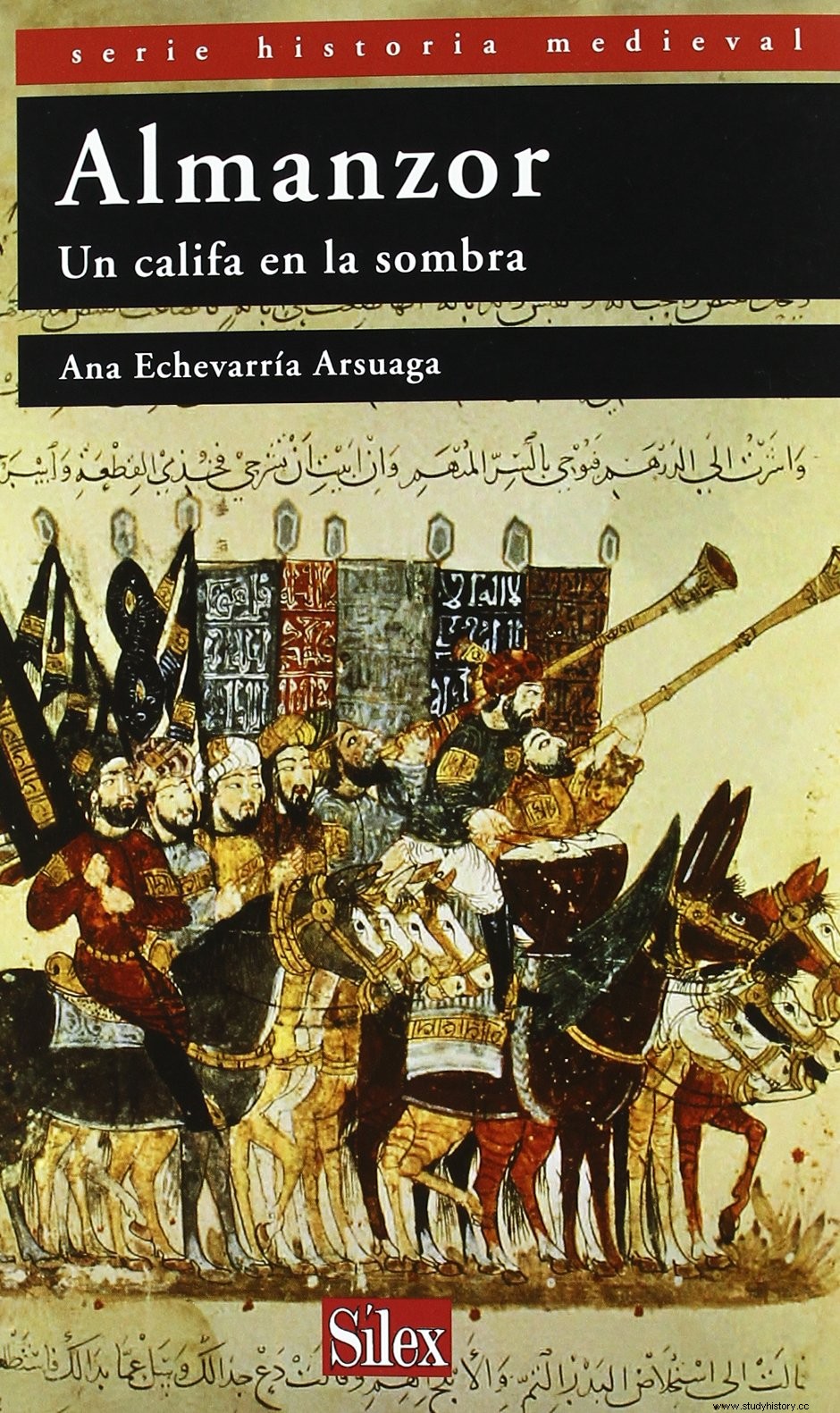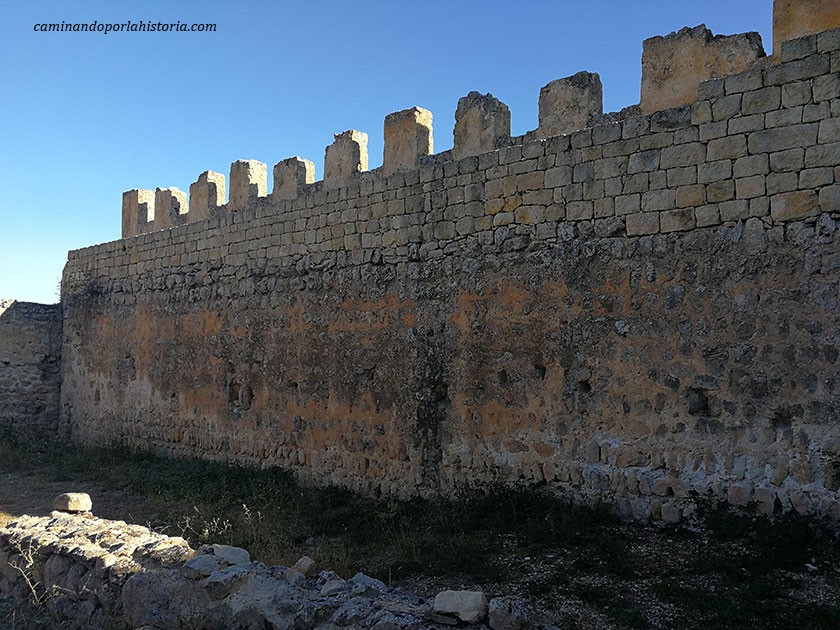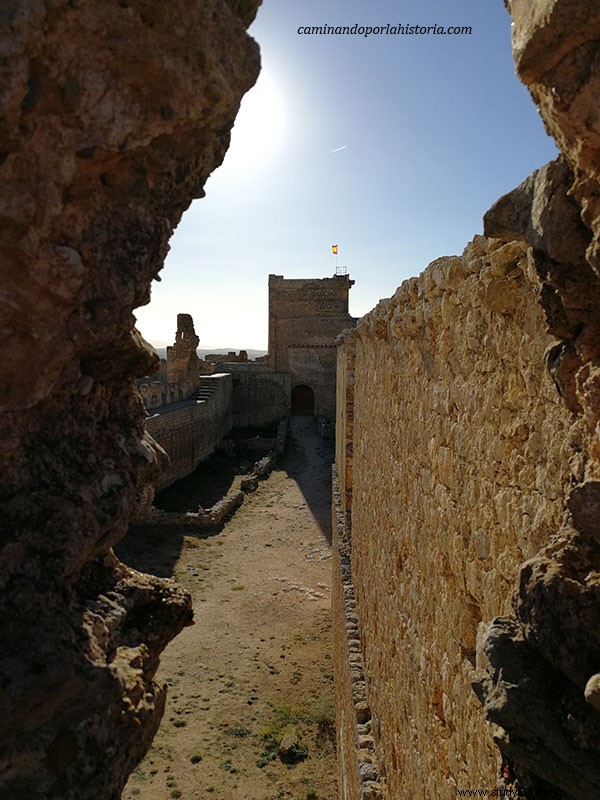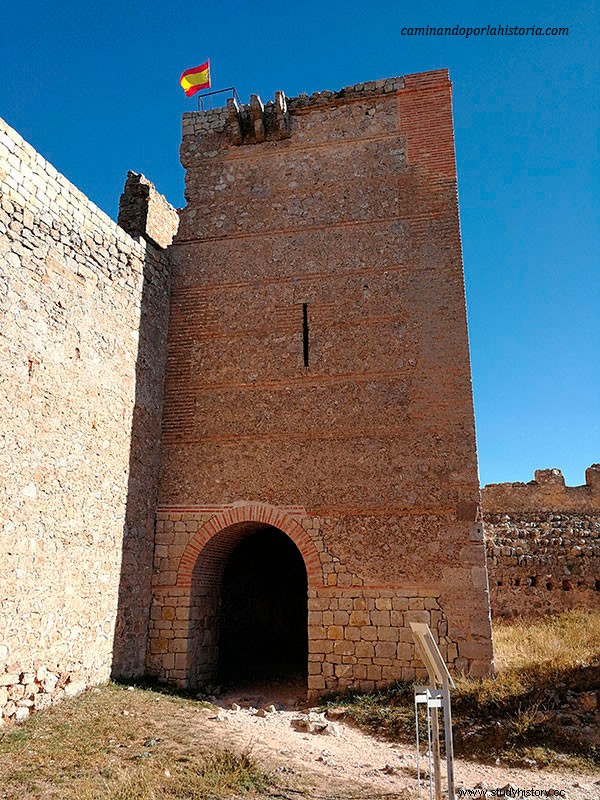
After going through it in other Walking Through articles history, like that of Tiermes or San Baudelio, today we return to the province of Soria. Specifically, at one of the meanders of the Duero river, since it is its right bank, the imposing figure of the Gormaz caliphal fortress emerges. , the largest in Europe during the Middle Ages. Its position allowed it, as we will see, to control a wide territory of the natural border that the Duero River meant, in the struggles between Christians and Muslims for control of the Castilian plateaus.
Nothing more and nothing less than a kilometer of walls built with ashlar masonry, in which 28 watchtowers can be seen. This set completely occupies the 370 meters long of the small mountain on which the fortress sits. The vision of it from several kilometers away, lead us to several conclusions:The most important, the excellent position for the control of north-south routes thanks to views that were lost in the horizon, secondly its great impregnability. Before continuing with our visit to Gormaz, it is interesting to meet its patron, to understand the reasons for its construction.
The Umayyad Caliphate of Córdoba.
Far from homogeneity, the Muslim conquest of the Iberian Peninsula during the Middle Ages was a continuous coming and going of peoples, identities, and different political units. But one of the most proliferating for the political, military and cultural control of the Peninsula was the so-called Caliphate of Córdoba, in the period between 929-1031.

Map of the Iberian Peninsula at the end of the 10th century
It began with the coming to power in Córdoba of Abderramán III, determined to end a period dominated by instability, where the different Islamic brands had achieved a certain autonomy from the Cordovan capital. Without going any further, two of the most important cities of the Islamic world in the peninsula were reconquered by the so-called first Caliph of Córdoba, before him they were called emirs, specifically Badajoz (929) and Toledo (932), after two years of siege.
Regarding the reconquest initiated in the north of the peninsula by the Christian forces, Abderramán III, would be inflicted by one of the most important defeats of the end of the High Middle Ages. Specifically in the Battle of Simancas (939) and at the hands of Ramiro II de León. Although fortunately for the Cordovan caliph, the death of the King of León in 951, with the consequent struggle for succession, brought the Caliphate of Córdoba to its greatest cultural and artistic splendor.

Collaborate with our blog buying this book
Al-Hakam II
Exactly, at that moment of greatest splendor he came to power, after the death of his father, the protagonist of the Gormaz Fortress. Al-Hakam, Caliph of Córdoba between the years 961-976, was educated at the prolific Muslim University of his hometown, where he became the most highly educated Caliph in all the arts of learning. When he came to power at the age of 47, he was amply prepared to lead the destinies of the Caliphate, among his many achievements the construction of the most important Library of the moment in Europe, with 400,000 copies, a fact that some question.

Statue of Al_Hakam II in Córdoba
But the Caliph was not satisfied in the military aspect, and less after observing the pacts produced on the other side of the border between the Christian kingdoms. In this way and under the command of General Galif, he commanded the Muslim armies to attack the coalition between León, Castilla and Navarra, the victory was clear on the side of the Umayyads. After the conquest of San Esteban de Gormaz and Atend, Al-Hakam decided to build between both cities and on the remains of old Muslim and possibly Roman castles, the new Gormaz Caliphate fortress . His main motive was the defense of one of the most important cities in the north of the Caliphate of Córdoba, specifically Medinaceli.
Two were the main characters who defended the Arab fortress, the first we have already presented before, General Galib, who repelled a siege by the Christians in 975. Although it was of little use to him, since three years later in 978 the Christians led by Count García Fernández took over the fortress. After a few years, the second of the key figures in the defense of Gormaz will enter the fray, the famous Vizier of Al-Hakam II, Ibn Abi Amir, better known as Almanzor, who recovered Gormaz again in the year 983.
After which, it will take about 80 years for a new Christian to step foot as owner of the medieval castle. The King of León, Fernando I, will definitively conquer it for the Christians in the year 1060. One of his last illustrious guests could have been Rodrigo Díaz de Vivar, as lord of the castle at the end of the 11th century. Occupied throughout the Late Middle Ages, but without repercussions or defensive importance of the Duero line, it was progressively abandoned.
Visit Gormaz.
First of all, to highlight a couple of aspects:the castle is not in a museum, with the only exception of few explanatory panels, therefore its entrance is free and it can be accessed until the itself through a paved track, it should also be noted that it does not offer any restricted hours. All this is not an obstacle, to highlight its great state of conservation and care, which undoubtedly transport the visitor to the Middle Ages.
The visit can be divided into two very different sections. Upon entering to the right we will access the residential part of the fortress. In it we will find a homage tower , much later than the events reported above, since it dates from the 14th century, although its Mudejar style could remind us of its Arab occupation. Other notable constructions are the remains of the Alcázar , which was the residential area of the castle in Christian times, specifically built on the original caliphal palace of which some remains of walls can be seen. Next to it stands out a cistern , an essential element during sieges, is covered with concrete and lime and you can see how it collected water from the roofs.
Two more elements can be highlighted, the Almanzor tower located in front of the tribute and of similar height. And finally the reconstructed Ronda pass , the place from where the surveillance guards were carried out.
After visiting the noble area of the caliphal fortress, the most impressive part of the visit remains, to walk through the wide walled space that undoubtedly preserves its most original past. The wall is well preserved, in addition, doors open on it that allow you to observe the entire panorama referred to above on the defensive location of the Duero line. By the way, one of the doors called caliphate It was one of the main entrances to the fortress, in Muslim times. In addition, the horseshoe arch that recalls the Cordovan style is preserved, without going any further than the mosque of the Andalusian city. Finally, note that the entire area on which the visit is made was occupied by Muslim troops, with their corresponding stables, craftsmen's buildings, and even orchards. This has been recorded in the large pool that must have fed this part of the fortress with water, which was covered to prevent evaporation due to the sun in the plateau in hot summers.
To finally convince you of the visit, I leave you this gallery of images:

Caliphate Gate

Main Pool

Round Pass

Parade ground

Torre del Homenaje from the 14th century

Views of the Douro River
More info:The Caliphs of Córdoba, Francisco Bueno García, Ed. Arquval, 2009
Images:commons.wikimedia
